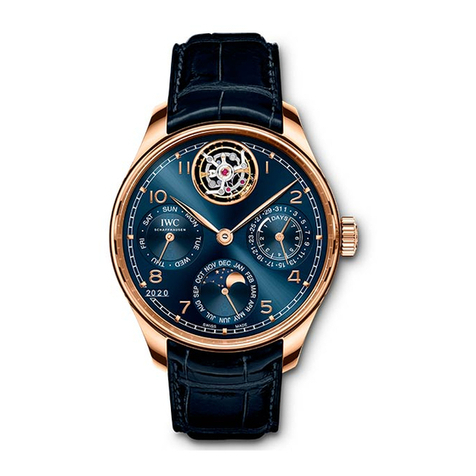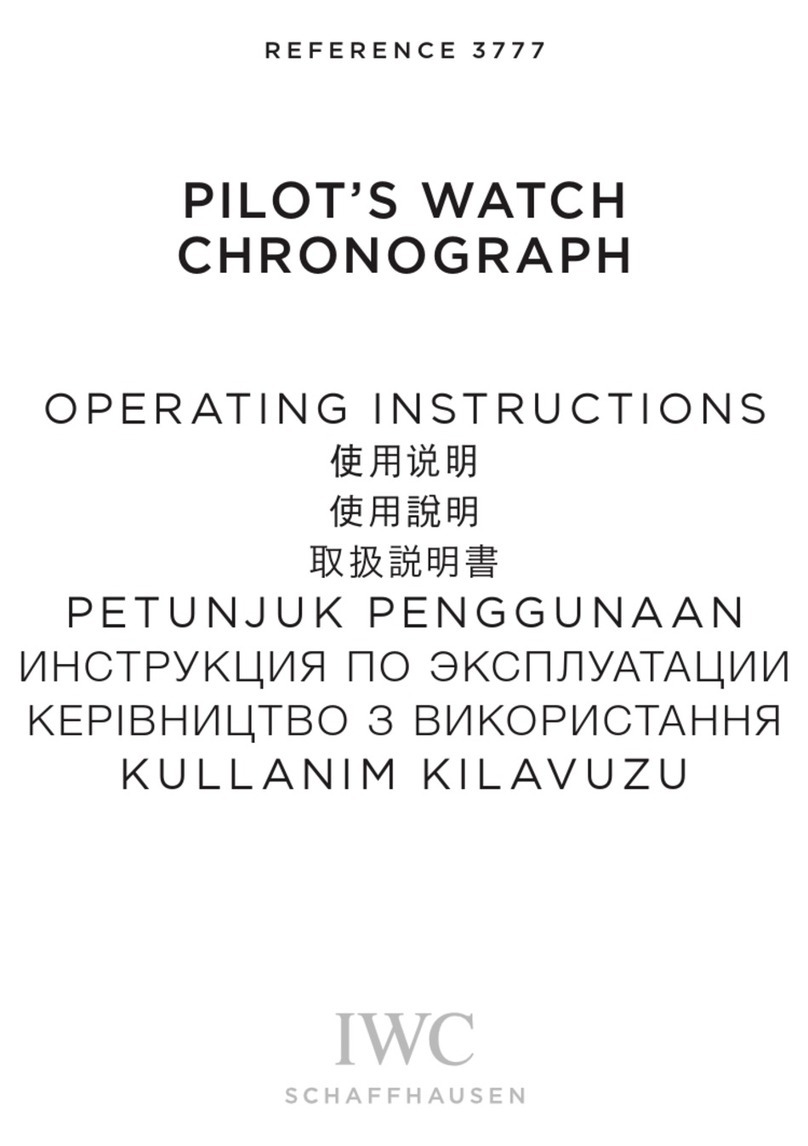iwc AQUATIMER DEEP TWO User manual
Other iwc Watch manuals

iwc
iwc Portugieser JAHRESKALENDER User manual

iwc
iwc 3719 User manual

iwc
iwc 3723 User manual

iwc
iwc PILOT'S WATCH MARK XVIII User manual

iwc
iwc PORTUGIESER PERPETUAL CALENDAR 42 User manual

iwc
iwc IW4590 User manual

iwc
iwc Pilot's Watch Timezoner Spitfire User manual
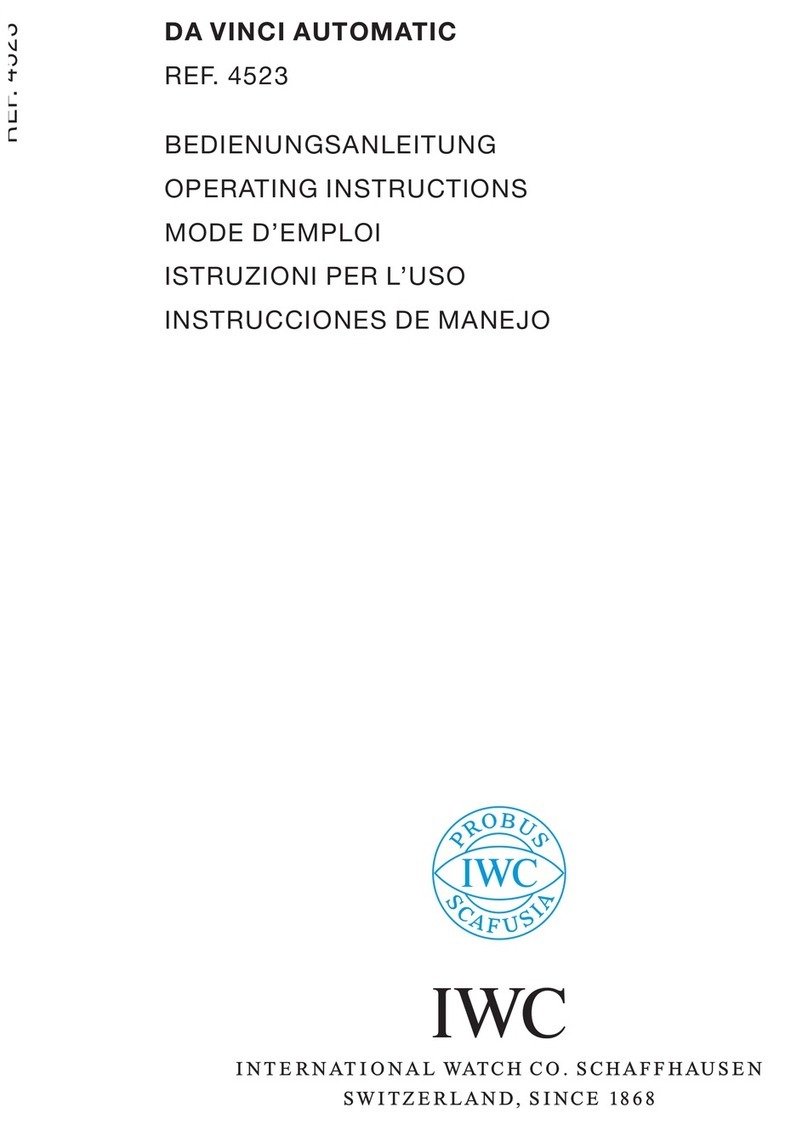
iwc
iwc DA VINCI AUTOMATIC User manual

iwc
iwc Portuguese Perpetual Calendar IWA50350 User manual
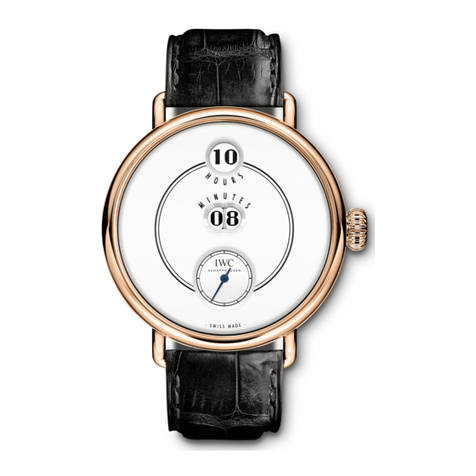
iwc
iwc TRIBUTE TO PALLWEBER User manual
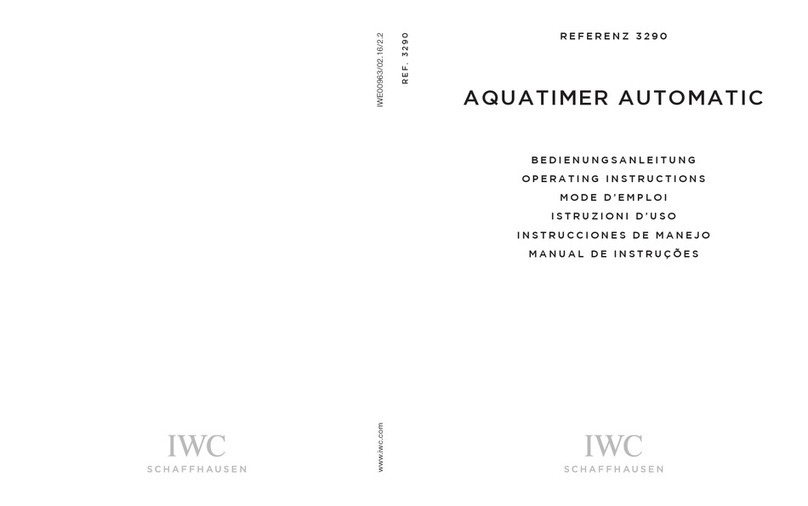
iwc
iwc IW3290 User manual
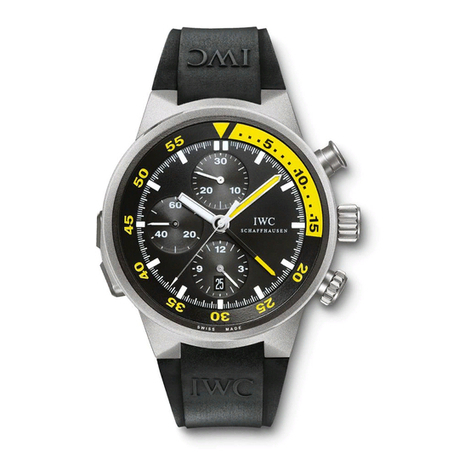
iwc
iwc 3723 User manual
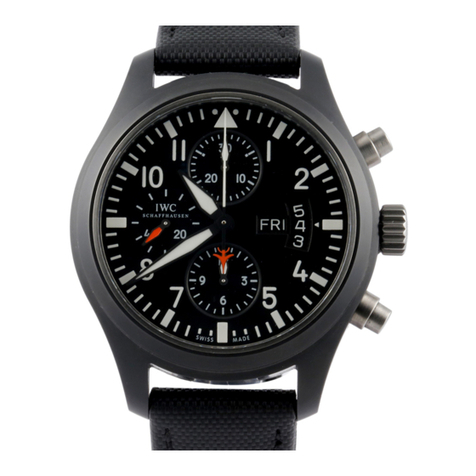
iwc
iwc 3789 User manual
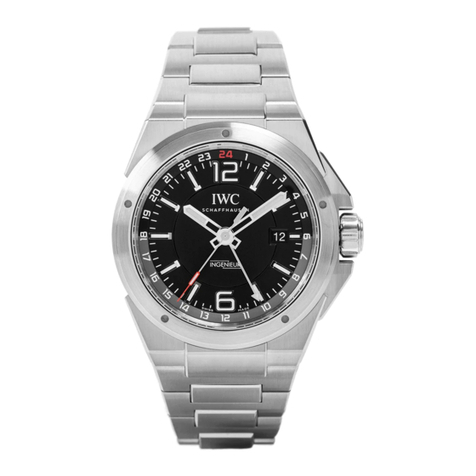
iwc
iwc Ingenieur Dual Time User manual
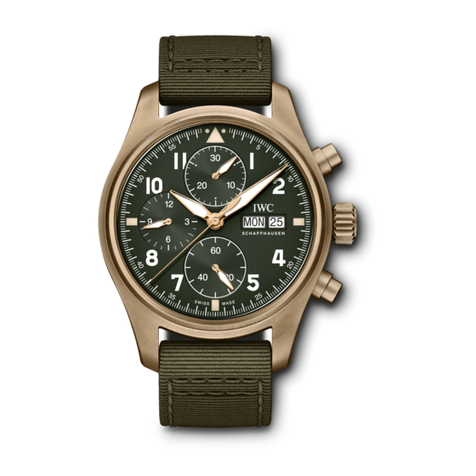
iwc
iwc PILOT'S WATCH CHRONOGRAPH SPITFIRE User manual
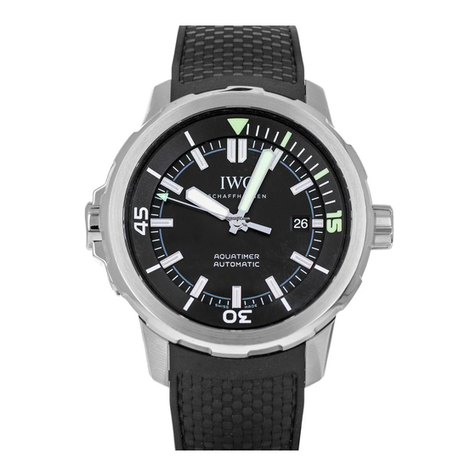
iwc
iwc Aquatimer Automatic User manual

iwc
iwc ingenieur dual time titanum reference 3264 User manual

iwc
iwc LEWIS HAMILTON 3796 User manual

iwc
iwc IW397203 User manual
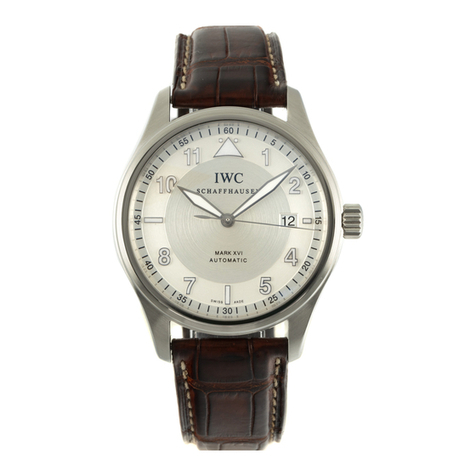
iwc
iwc SPITFIRE MARK XVI User manual
Popular Watch manuals by other brands

Casio
Casio QW 5513 Operation guide

Piaget
Piaget 560P Instructions for use

Armitron
Armitron pro sport MD0346 instruction manual

West Marine
West Marine BlackTip 13411293 Instruction Booklet and Care Guide

Jaeger-leCoultre
Jaeger-leCoultre HYBRIS MECHANICA CALIBRE 184 manual

FOREVER
FOREVER iGO PRO JW-200 user manual

